Home>Articles>How To Decorate When Your Front Door Opens Into Living Room
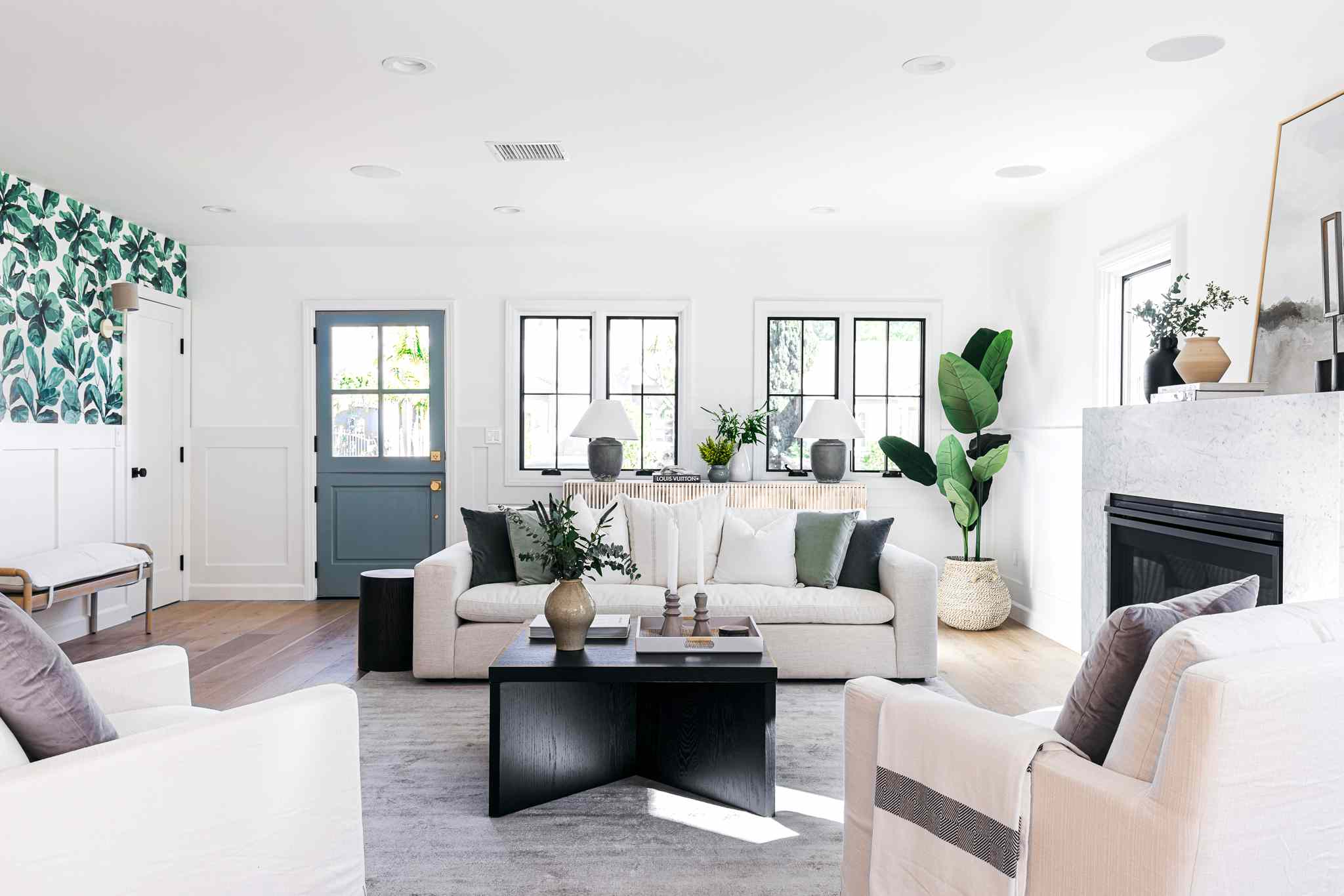

Articles
How To Decorate When Your Front Door Opens Into Living Room
Modified: October 20, 2024
Discover helpful articles on how to decorate your living room when your front door opens directly into the space. Expert tips and ideas for optimizing your entryway and creating a cohesive design.
(Many of the links in this article redirect to a specific reviewed product. Your purchase of these products through affiliate links helps to generate commission for Storables.com, at no extra cost. Learn more)
Introduction
Welcome to the world of interior design and decorating! What could be more exciting than transforming your living space into a place that reflects your personal style and creates a warm and inviting atmosphere? However, when it comes to decorating, one challenge that many homeowners face is how to make the most of their front entryway when it opens directly into the living room.
The front entryway is the first impression that guests have of your home, and it sets the tone for the rest of your space. It’s important to make it welcoming and functional, while also seamlessly integrating it into the overall design of your living room. In this article, we will explore various tips and tricks to help you optimize your front entryway when it opens into the living room.
Before diving into the specifics, it’s crucial to assess the space and understand its limitations and potential. Take a step back and observe the layout, dimensions, and architectural features of your living room and front entryway. This will provide you with valuable insights, allowing you to make informed decisions about furniture placement, color schemes, storage solutions, and more.
Establishing a focal point in the living room can help draw the eye and create a sense of balance and harmony. Consider placing a captivating artwork or an eye-catching piece of furniture near the front entryway to serve as a visual anchor. This will not only add charm and character, but it will also distract attention from the hallway leading to the front door.
Defining the entryway within the living room can help create a sense of identity and separation while maintaining an open and flowing layout. Use decorative elements such as a runner rug or a console table to demarcate the space and signal its purpose. You can also add a stylish coat rack or hooks for jackets, hats, and bags, making it functional as well.
Furniture placement is key when your front door opens into the living room. Optimize the space by arranging the furniture in a way that maximizes flow and functionality. Consider placing a sofa with its back facing the entryway to create a visual barrier while maintaining an open feel. Place a console table behind the sofa to create a backdrop for decorative items and provide additional storage.
Key Takeaways:
- Transform your front entryway into a welcoming and functional space by establishing a focal point, defining the entryway, and strategically arranging furniture to optimize flow and functionality.
- Infuse personality and style into your living room by incorporating color, texture, storage solutions, and decorative elements that reflect your unique taste and create a visually appealing environment.
Assessing the Space
When your front door opens directly into the living room, it’s important to assess the space and understand its limitations and potential. By taking the time to evaluate the layout, dimensions, and architectural features of your living room and front entryway, you can make informed decisions about how to decorate and optimize the space.
Start by taking a step back and observing the overall layout of the room. Consider the size and shape of the space, as well as any architectural elements such as windows, doorways, or alcoves. Understanding these features will help you determine the best ways to arrange furniture and establish a functional entryway.
Next, measure the dimensions of the living room and entryway. Knowing the exact measurements will help you choose furniture and decor that fit well within the space. Consider both the width and length of the room, as well as any constraints such as low ceilings or awkward corners.
Pay attention to the flow of the space. Visualize how people will move through the area and consider any potential obstacles or bottlenecks. It’s important to ensure that there is a clear and intuitive path from the front door to the main living area.
Consider the natural light that enters the room. If your front entryway has windows or glass panels on the door, take advantage of the natural light by arranging furniture in a way that doesn’t obstruct the flow of light. If there is limited natural light, you may need to incorporate additional lighting fixtures to brighten up the space.
Finally, take note of any existing architectural or decorative elements that you want to highlight or work around. This could include features such as a fireplace, built-in shelving, or unique flooring. By incorporating these elements into your design plan, you can create a cohesive and visually appealing living room that seamlessly integrates the front entryway.
Assessing the space is a crucial first step in decorating when your front door opens into the living room. It allows you to understand the layout and potential challenges of the area, helping you make informed decisions about furniture placement, color schemes, storage solutions, and more. By taking the time to evaluate the space, you can create a functional and visually pleasing entryway that seamlessly blends with the rest of the living room.
Establishing a Focal Point
When your front door opens directly into the living room, creating a focal point is essential to draw the eye and create a sense of balance and harmony in the space. By placing an eye-catching element near the entryway, you can create a visual anchor that not only adds charm and character but also distracts attention from the hallway leading to the front door.
One of the most effective ways to establish a focal point is through the use of artwork. Choose a captivating piece that reflects your personal style and complements the overall design of your living room. Hang it at eye level near the front entryway to serve as a visual centerpiece. Consider the size and scale of the artwork in relation to the surrounding furniture and the dimensions of the wall.
If you prefer a more three-dimensional focal point, consider adding a statement furniture piece near the entryway. This could be a unique console table, a captivating chair, or a stylish sideboard. Choose a piece that stands out and adds visual interest to the space. You can adorn it with decorative items such as vases, sculptures, or personal mementos to further enhance its appeal.
Another option for creating a focal point is to use a bold color or pattern. Paint an accent wall near the entryway in a contrasting color or use wallpaper with a vibrant pattern or texture. This will immediately draw attention and create a focal point. Pair it with strategically placed furniture or artwork to further enhance the visual impact.
In addition to creating a focal point near the entryway, consider extending the visual interest throughout the living room. Use complementary colors or patterns in other areas of the room to create a cohesive and harmonious design. This will create a sense of balance and flow while allowing the focal point near the entryway to truly shine.
Establishing a focal point is a crucial aspect of decorating when your front door opens into the living room. It adds character, creates balance, and draws attention away from the entryway, making it seamlessly integrate into the overall design of the space. Whether it’s through artwork, statement furniture, or bold colors, a carefully curated focal point will enhance the visual appeal and make a lasting impression on your guests.
Defining the Entryway
When your front door opens directly into the living room, it’s important to define the entryway as its own distinct space within the larger living area. By adding elements that clearly signal the purpose of the area and create a sense of identity, you can seamlessly integrate the entryway while maintaining an open and flowing layout.
One effective way to define the entryway is by using a runner rug. Choose a rug that complements the overall design of your living room and place it along the pathway leading from the front door. The rug not only provides a visual cue for where the entryway begins, but it also adds warmth and texture to the space. Make sure the rug is long enough to extend past the threshold, giving a clear indication of where the entryway starts.
Another way to define the entryway is by using a console table. Place a stylish console table against a wall near the front door. This not only adds a decorative element but also serves as a functional surface for keys, mail, and other everyday essentials. You can further enhance the space by adding a mirror above the console table, which not only serves a practical purpose but also helps to visually expand the area.
Incorporating a coat rack or hooks is another effective way to define the entryway. This provides a designated area for guests to hang their coats, hats, and bags, while also keeping the living room clutter-free. Choose a coat rack or hooks that blend seamlessly with the overall design aesthetic of the room. Consider adding a small bench or shoe storage near the entryway to provide a convenient spot for guests to sit and remove their shoes.
Lighting also plays a crucial role in defining the entryway. Consider installing a pendant light or a statement chandelier above the entryway to create a visual focal point. This not only defines the space but also adds a touch of elegance and charm. Additionally, be sure to have ample lighting near the front door for practical use, especially during darker evenings.
By defining the entryway, you create a sense of identity and separation within the living room. It helps guests understand the designated area and adds functionality to the space. Using elements such as a runner rug, console table, coat rack, and appropriate lighting, you can seamlessly integrate the entryway while maintaining a cohesive and visually appealing living room.
Choosing the Right Furniture Layout
When your front door opens directly into the living room, selecting the right furniture layout is crucial to optimize the space and create a functional and visually appealing environment. By strategically arranging your furniture, you can create a seamless flow from the entryway to the living area while maintaining a sense of separation and privacy.
One effective approach is to position a sofa with its back facing the entryway. This creates a visual barrier that separates the entryway from the main living area. Place the sofa against a wall or floating in the middle of the room, depending on the size and layout of your living room. This arrangement not only defines the entryway but also allows for open communication and interaction between the two spaces.
Consider placing a console table behind the sofa. This provides additional surface space for decorative items and can double as a storage solution. You can place a mirror or artwork above the console table to further enhance the visual appeal. This setup not only adds functionality but also enhances the overall design aesthetic of the living room.
Another furniture layout option is to use a sectional sofa to create a visual separation between the entryway and the living area. Position the sectional in a way that creates a clear pathway from the front door to the main seating area. This layout provides a cozy and inviting atmosphere while still maintaining an open and connected feel.
Consider the size and scale of your furniture when choosing the layout. Avoid overcrowding the space, as this can make the living room feel cramped. Opt for furniture pieces that are proportionate to the room and allow for easy movement and flow. Experiment with different arrangements to find the layout that best suits your needs and maximizes the functionality of the space.
If space allows, create a small seating area near the entryway. This can be achieved by placing a couple of chairs and a side table in a cozy corner. This provides a designated space for guests to sit and take off their shoes, and it also helps to prevent congestion in the main living area.
Ultimately, the right furniture layout will depend on the specific dimensions and layout of your living room. Take into consideration the flow of traffic, the positioning of architectural elements, and the overall aesthetic you wish to achieve. By carefully selecting and arranging your furniture, you can optimize the space and create a harmonious and inviting living room that seamlessly integrates the front entryway.
Consider using a decorative room divider or a large area rug to visually separate the entryway from the living room. This will create a sense of entryway without the need for a physical barrier.
Using Color and Texture
When your front door opens directly into the living room, utilizing color and texture can play a significant role in creating visual interest and a cohesive design. By carefully selecting and incorporating color schemes and textures, you can enhance the overall ambiance of the space and make the entryway seamlessly blend with the living room.
One effective way to create a harmonious color scheme is to use a consistent palette throughout the living room and entryway. Choose colors that complement each other and reflect the overall style you want to achieve. Consider the existing colors in the room, such as the flooring, furniture, and architectural elements, and select hues that harmonize with these elements.
Introduce pops of color strategically to add visual interest and draw attention to specific areas. Use colorful throw pillows, artwork, or decorative accents near the entryway to create focal points. This adds vibrancy to the space while also tying in the color scheme of the living room.
Textured elements can also enhance the overall aesthetic of the living room and entryway. Consider incorporating different textures such as woven baskets, textured rugs, or plush upholstery. These elements add depth and visual appeal to the space, making it feel more inviting and cozy.
Another technique to add texture is by using wallpaper or textured wall coverings. Consider adding an accent wall near the entryway that features a textured pattern. This not only creates a focal point but also adds dimension and interest to the space. Be sure to select a texture that complements the overall design aesthetic and doesn’t overpower the room.
Be mindful of the balance between colors and textures. If you choose to have bold and vibrant colors, consider using more neutral or subtle textures to prevent the space from feeling overwhelming. Conversely, if you prefer using textured elements throughout the room, opt for a more understated color palette to allow the textures to take center stage.
Lastly, lighting also plays a crucial role in enhancing the color and texture in the living room and entryway. Consider using a combination of natural and artificial lighting to showcase the colors and textures in the space. Use accent lighting to highlight specific areas or objects, such as artwork or decorative elements near the entryway.
By carefully selecting and incorporating color schemes and textures, you can create a visually appealing living room where the entryway seamlessly integrates into the overall design. Use a consistent color palette, introduce pops of color strategically, and add texture through decorative elements and wall coverings. With the right combination, you can create a harmonious and inviting space that reflects your personal style.
Incorporating Storage Solutions
When your front door opens directly into the living room, finding effective storage solutions becomes crucial to keep the space organized and clutter-free. By incorporating practical and stylish storage options, you can seamlessly integrate storage into the overall design of the room and maintain a visually appealing living space.
One practical storage solution is to use furniture with built-in storage. Consider ottomans or coffee tables with hidden storage compartments. These versatile pieces not only provide a place to rest your feet or set down a drink but also offer extra space to store blankets, magazines, or other items that you want to keep nearby but out of sight.
Utilizing vertical space is also important when it comes to storage. Install shelves or bookcases on empty walls near the entryway to provide ample storage for books, decorative items, or even baskets to keep smaller items organized. This not only adds functionality but also creates an opportunity to display personal mementos or stylish accessories.
Coat racks or hooks near the front door can serve as a practical storage solution for jackets, hats, bags, and umbrellas. Choose options that complement the overall design aesthetic of the room, whether it’s a sleek modern design or a rustic vintage look. A designated spot for these items prevents them from cluttering the living room and provides easy access when heading out the door.
Consider incorporating furniture pieces that serve dual purposes. For example, a console table with drawers or shelves provides a surface for decorative items while also offering storage for keys, mail, or other essentials. A bench with built-in storage can provide a place to sit, put on shoes, and store footwear neatly out of view.
Don’t forget about storage baskets or bins. These can be placed on shelves, in open compartments of furniture pieces, or even under a console table. Use them to store items like remote controls, magazines, or children’s toys. Opt for baskets or bins that match the overall design aesthetic and can blend seamlessly into the room.
Lastly, consider utilizing wall-mounted storage solutions. Install hooks, racks, or floating shelves on the walls near the entryway to create additional storage space. This allows you to keep frequently used items easily accessible and organized while maximizing floor space.
Incorporating effective storage solutions is essential when your front door opens directly into the living room. By utilizing furniture with built-in storage, maximizing vertical space, using hooks or racks, and incorporating storage baskets or bins, you can keep the space organized and maintain a clutter-free living area. With a thoughtful approach to storage, you can create a functional and visually appealing space that seamlessly integrates the front entryway.
Enhancing Lighting
Lighting is a crucial aspect of any living space, and when your front door opens directly into the living room, it becomes even more important to enhance the lighting to create a warm and welcoming atmosphere. By strategically incorporating different types of lighting fixtures, you can brighten up the space, highlight key areas, and add depth and dimension to the room.
Start by utilizing natural light to the fullest. If your front entryway has windows or glass panels on the door, make sure to dress them with sheer curtains or blinds that allow natural light to filter through while still maintaining privacy. This will maximize the amount of natural light that enters the living room, creating a bright and airy feel.
In addition to natural light, consider incorporating overhead lighting fixtures. This could be in the form of a statement chandelier, pendant lights, or recessed lighting. Place these fixtures strategically to provide even illumination throughout the living room. If possible, install dimmer switches to adjust the brightness and set the desired mood for different occasions.
Task lighting is also important, especially near the entryway. Install wall sconces or table lamps to provide focused lighting for specific activities such as reading or working on a laptop. These task lights not only serve a practical purpose but also add a decorative element to the room. Choose lamps with adjustable features to direct the light where it’s needed most.
Consider using accent lighting to highlight specific areas or architectural elements. Use wall-mounted spotlights or picture lights to draw attention to artwork or decorative objects near the front entryway. This creates a focal point and adds visual interest to the space.
Don’t forget about ambient lighting to create a cozy and inviting atmosphere. Use floor lamps or table lamps with soft and diffused lighting to add warmth and create a comfortable ambiance. Place these lamps strategically in corners or near seating areas to provide a soft glow that enhances the overall mood of the living room.
Lastly, consider incorporating mirrors into your lighting strategy. Mirrors can help to reflect and amplify both natural and artificial light, making the space feel brighter and more spacious. Place a large mirror on a wall across from a window or strategic lighting fixtures to maximize the effect.
Enhancing the lighting in your living room when your front door opens into the space is crucial for creating a welcoming and well-lit environment. By incorporating natural light, overhead lighting, task lighting, accent lighting, ambient lighting, and strategically placed mirrors, you can transform your living room into a well-lit and inviting space that seamlessly integrates the front entryway.
Adding Decorative Elements
When your front door opens directly into the living room, adding decorative elements is essential to inject personality, style, and visual interest into the space. By carefully selecting and incorporating decorative elements, you can transform your living room and create a welcoming and visually appealing environment.
One of the easiest ways to add decorative elements is through the use of artwork. Choose pieces that resonate with your personal style and complement the overall design aesthetic of the room. Hang artwork on the walls near the entryway or above furniture to create focal points and add visual interest. Consider mixing different sizes, styles, and mediums to create a curated and eclectic gallery wall.
Greenery and plants can bring life and freshness to your living room. Place potted plants near the entryway or in strategic corners to add a touch of nature and color. Opt for low-maintenance plants that can thrive indoors and suit the lighting conditions of the room. Additionally, hanging planters or wall-mounted planters can be incorporated to save space while adding a splash of greenery.
Trays and decorative boxes can serve both functional and decorative purposes. Use trays on coffee tables or consoles to corral smaller items, such as candles or decorative objects, while adding a cohesive element to the space. Decorative boxes can be used to store small items while adding a touch of elegance and keeping the space organized.
Textiles play a crucial role in adding warmth, comfort, and texture to the living room. Incorporate throw pillows, blankets, or rugs that complement the color scheme and style of the room. These elements not only add visual interest but also make the space feel cozy and inviting. Mix and match different patterns, textures, and colors for a layered and dynamic look.
Consider incorporating mirrors as both decorative and functional elements. Mirrors not only add visual interest and reflect light, but they also create a sense of space and make the room feel larger. Place mirrors strategically, near the entryway or opposite a window or focal point, to maximize their impact.
Finally, don’t forget about personal touches and mementos that reflect your individuality and make the space truly feel like your own. Display family photos, travel souvenirs, or sentimental items that hold special meaning to you. These personal touches add personality and create a warm and inviting atmosphere.
Adding decorative elements is a key aspect of transforming your living room when your front door opens into the space. By incorporating artwork, greenery, trays, textiles, mirrors, and personal mementos, you can create a visually appealing and personalized environment that seamlessly integrates the front entryway. Let your creativity shine and select elements that reflect your personality and style to make your living room a true reflection of who you are.
Conclusion
Decorating when your front door opens directly into the living room may present a unique set of challenges, but with careful planning and creativity, you can transform the space into a beautiful and functional area that seamlessly blends with the rest of your living room. By following the tips and suggestions in this article, you can optimize your front entryway and create a warm and welcoming atmosphere for both you and your guests.
Assessing the space and understanding its limitations and potential is a crucial first step. Take the time to evaluate the layout, dimensions, and architectural features of your living room and front entryway. This will allow you to make informed decisions about furniture placement, color schemes, storage solutions, and more.
Establishing a focal point near the entryway helps to draw the eye and create balance and harmony in the space. Whether it’s through artwork, statement furniture, or bold colors, a carefully curated focal point adds charm and character to the area and distracts attention away from the hallway leading to the front door.
Defining the entryway within the living room creates a sense of identity and separation while maintaining an open and flowing layout. Use decorative elements such as a runner rug, console table, or coat rack to demarcate the space and signal its purpose. This not only enhances functionality but also adds visual interest.
Choosing the right furniture layout is essential to optimize the space and create a functional and visually appealing environment. Consider placing a sofa with its back facing the entryway or using a sectional to create clear pathways while maintaining an open feel. Explore different arrangements to find what works best for your living room.
Using color and texture strategically helps to enhance the overall ambiance of the room. Create a cohesive color scheme, introduce pops of color strategically, and incorporate different textures to add depth and visual interest. Lighting also plays a crucial role in enhancing the color and texture, so be sure to utilize both natural and artificial lighting sources.
Incorporating storage solutions is key to keeping the space organized and clutter-free. Utilize furniture with built-in storage, maximize vertical space with shelves or bookcases, and consider using bins or baskets for smaller items. By incorporating practical and stylish storage options, you can seamlessly integrate storage into the overall design of the room.
Finally, adding decorative elements adds personality and style to your living room. Incorporate artwork, plants, trays, and textiles to create focal points and add visual interest. Reflect your personal style through these elements and include personal mementos that hold special meaning to you.
In conclusion, decorating when your front door opens into the living room requires thoughtful design choices and creative solutions. By assessing the space, establishing a focal point, defining the entryway, choosing the right furniture layout, utilizing color and texture, incorporating storage solutions, and adding decorative elements, you can create a beautiful and functional living room that seamlessly integrates the front entryway. Let your creativity shine as you transform your space into a welcoming and visually appealing environment that reflects your unique style and personality.
Frequently Asked Questions about How To Decorate When Your Front Door Opens Into Living Room
Was this page helpful?
At Storables.com, we guarantee accurate and reliable information. Our content, validated by Expert Board Contributors, is crafted following stringent Editorial Policies. We're committed to providing you with well-researched, expert-backed insights for all your informational needs.
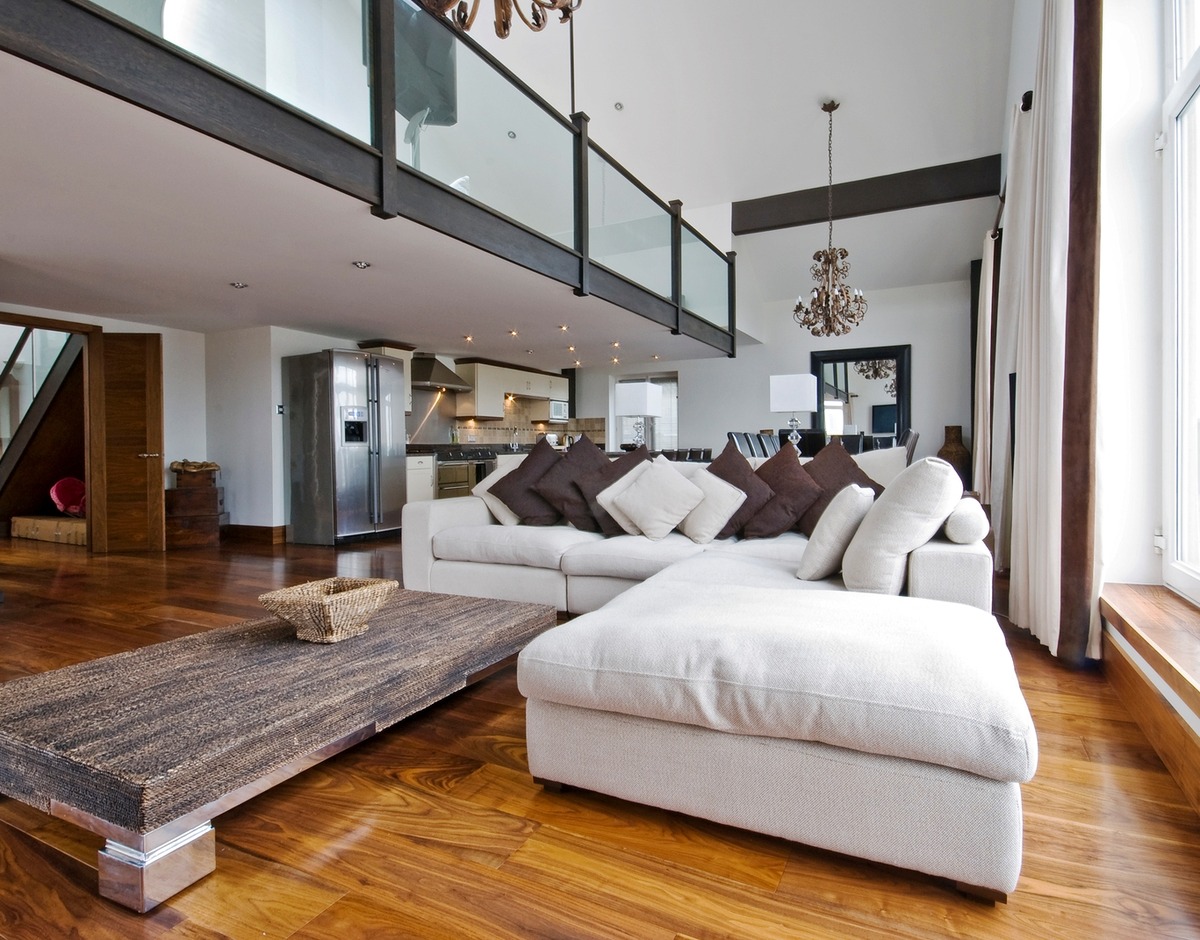

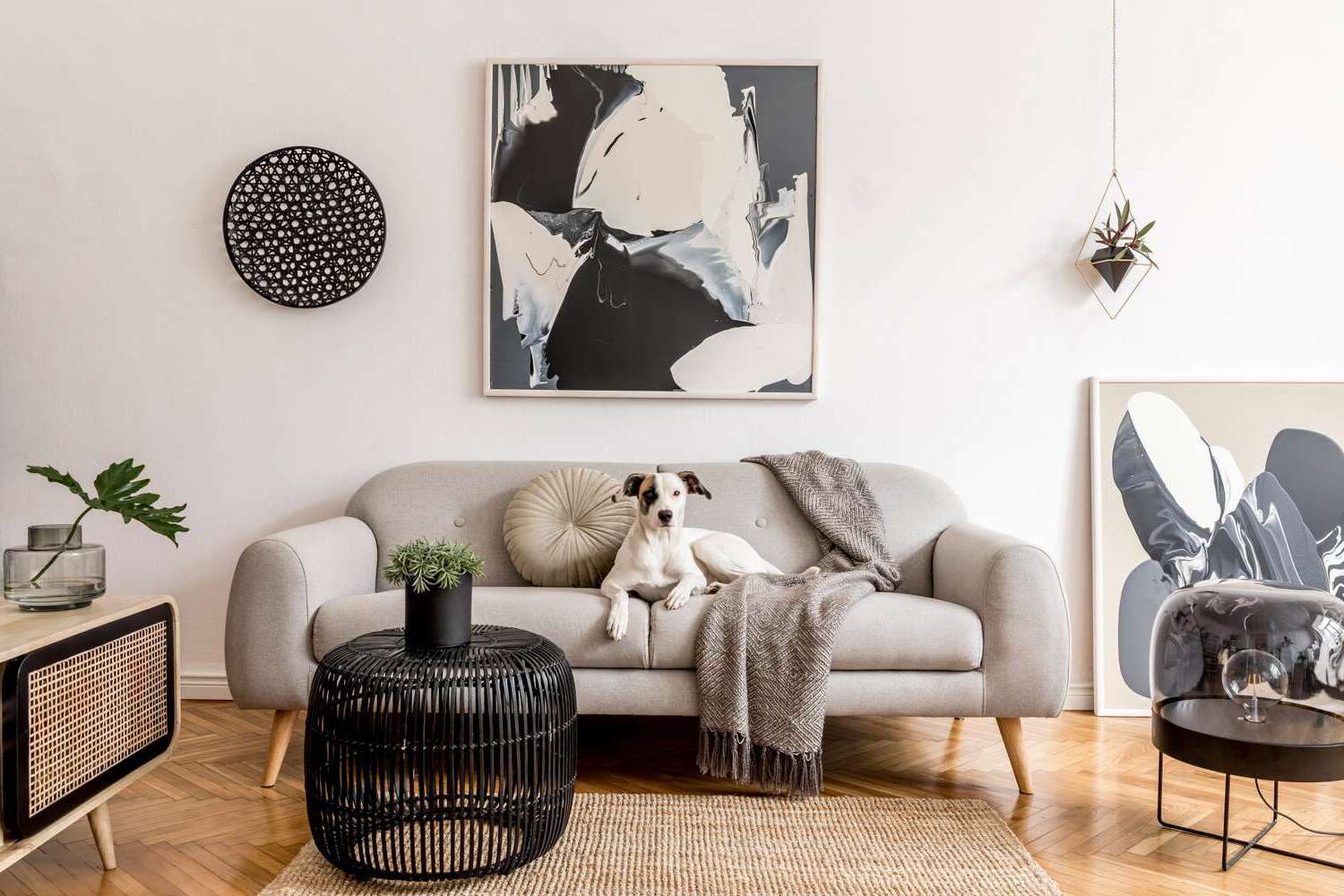
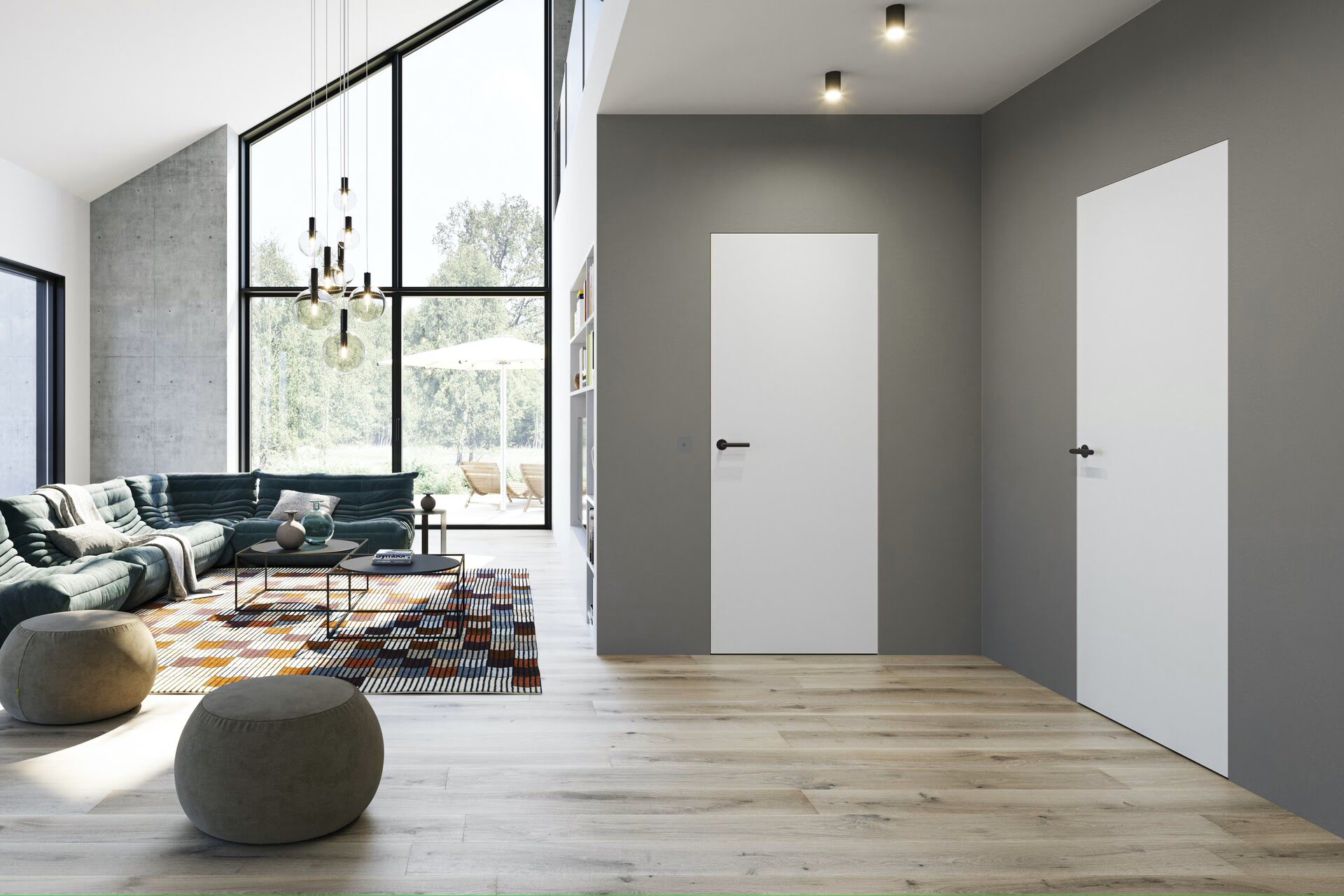
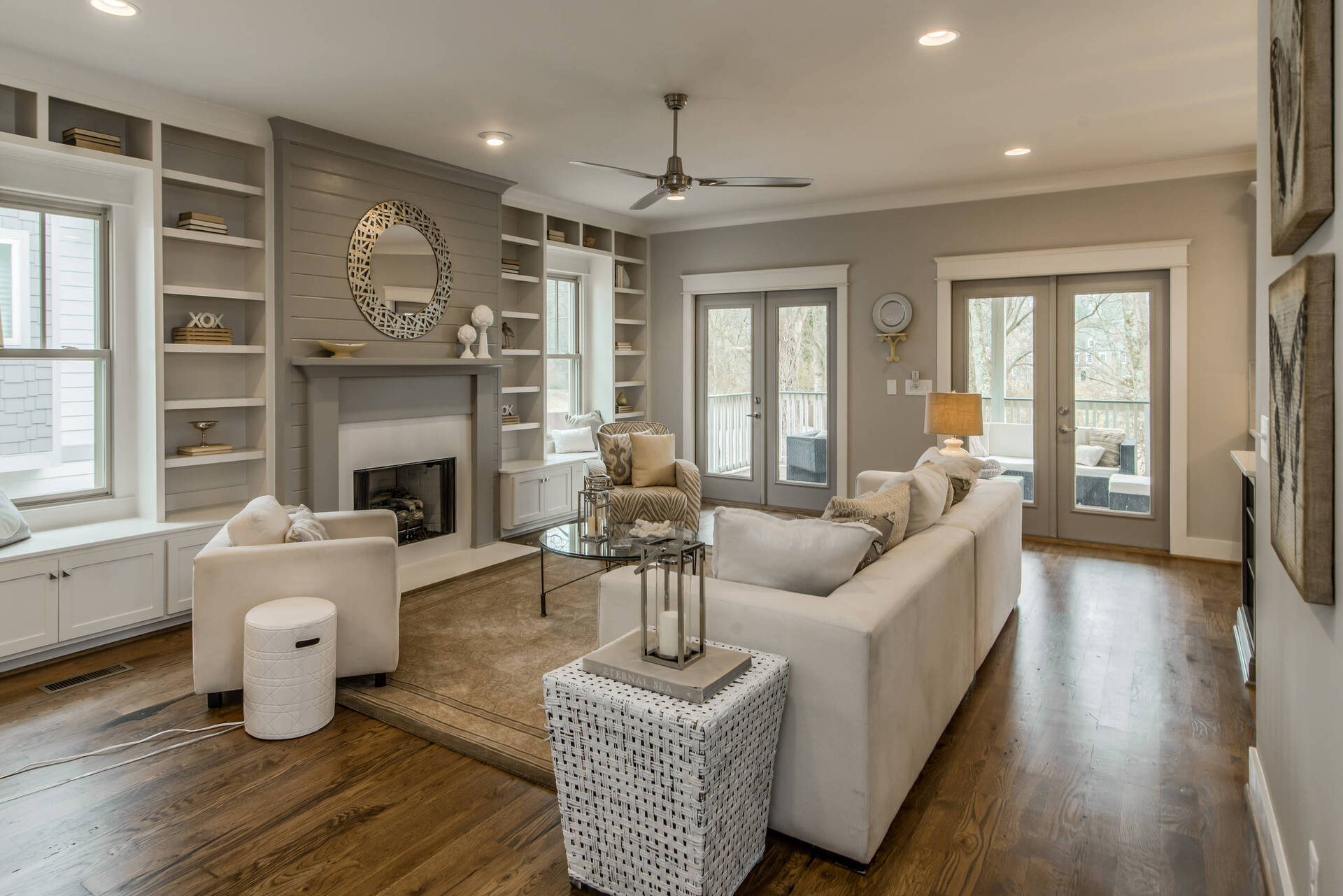
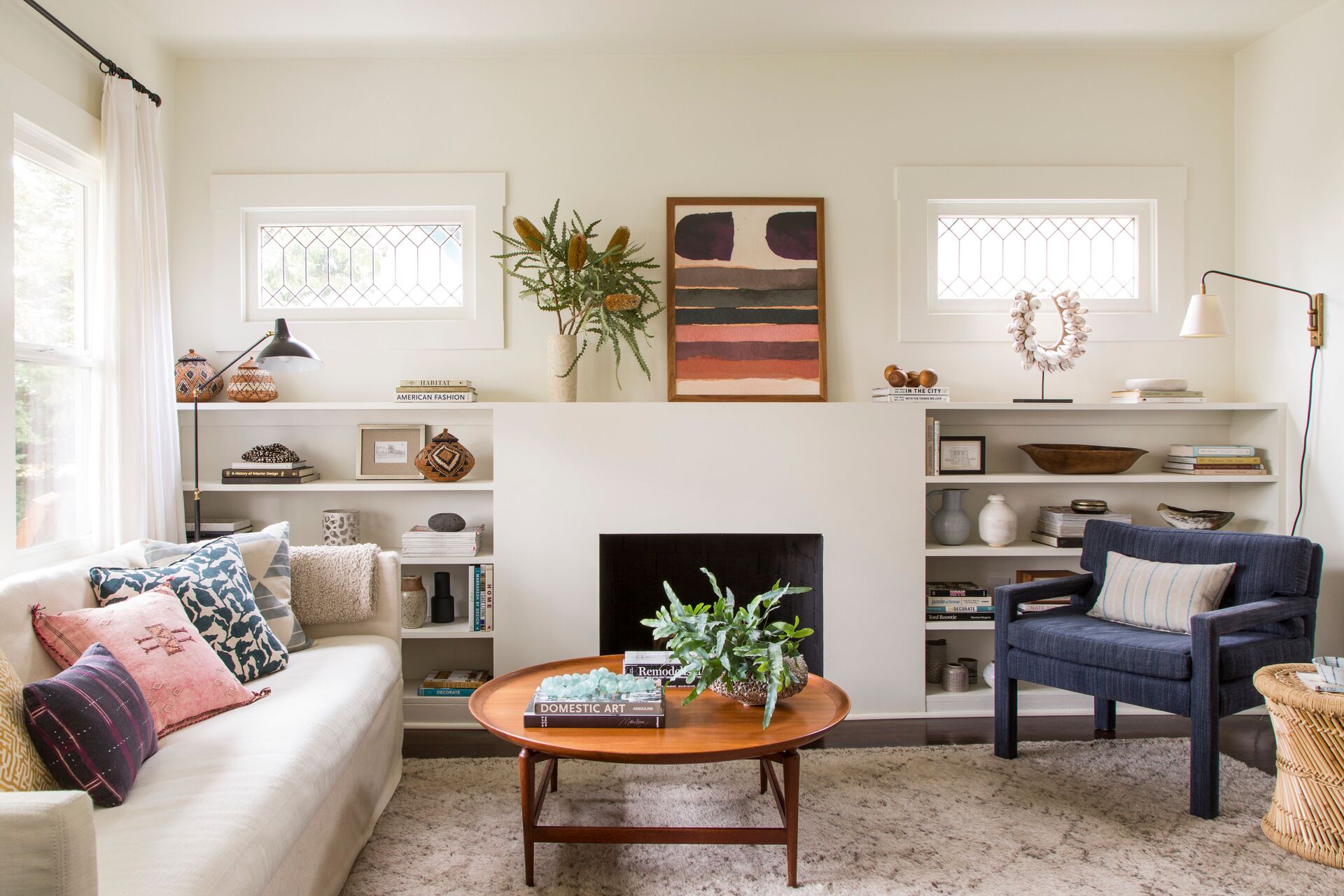
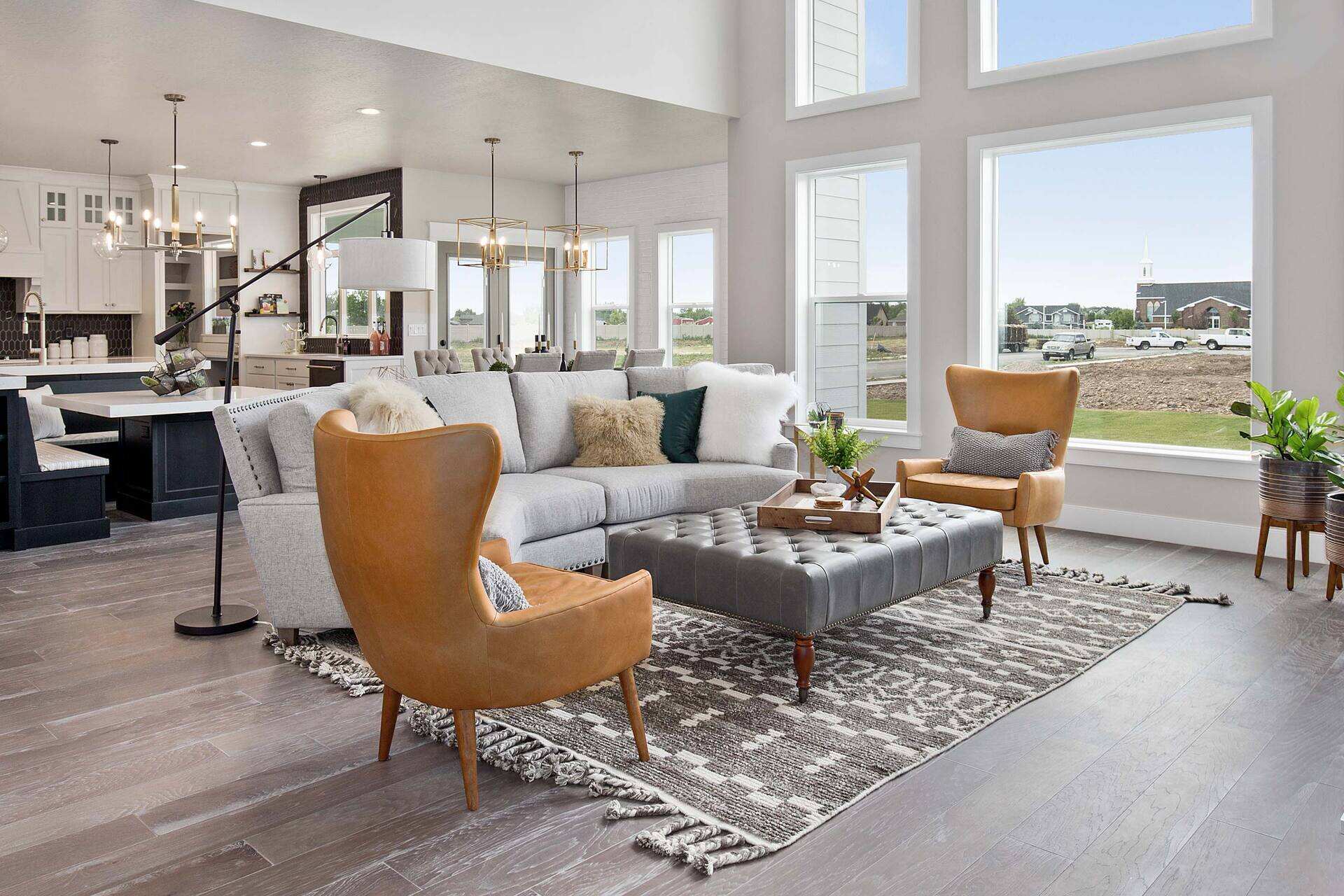
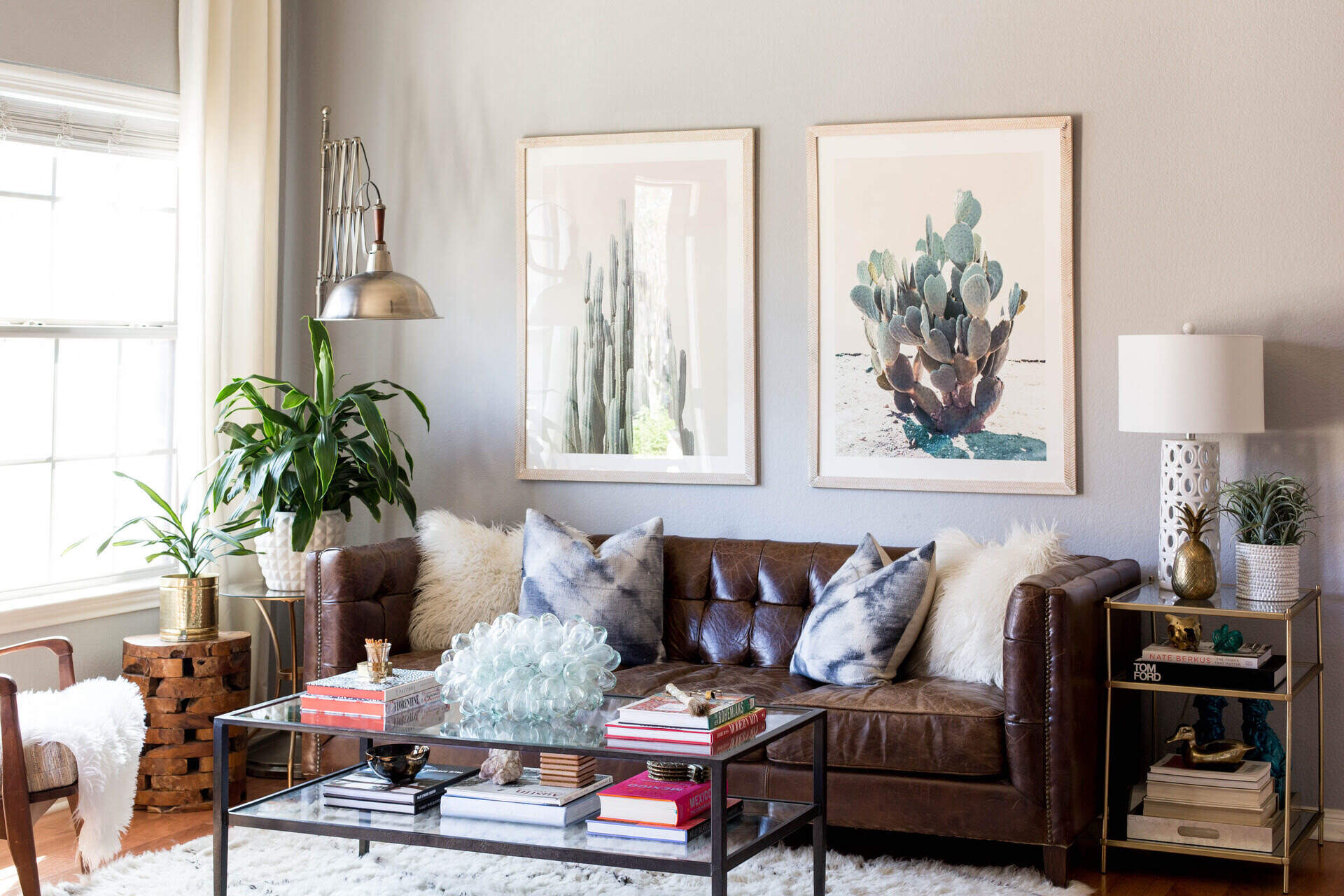
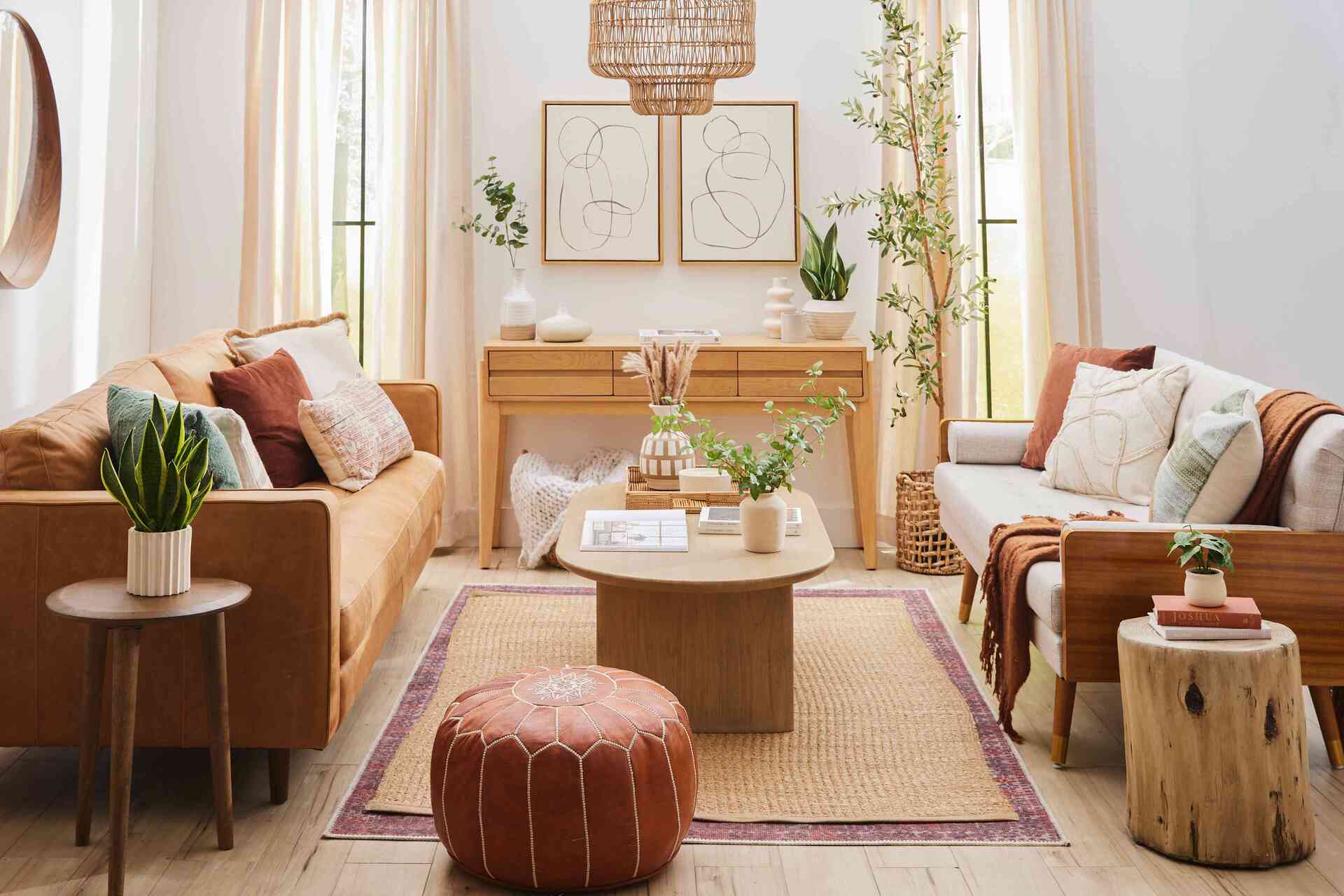
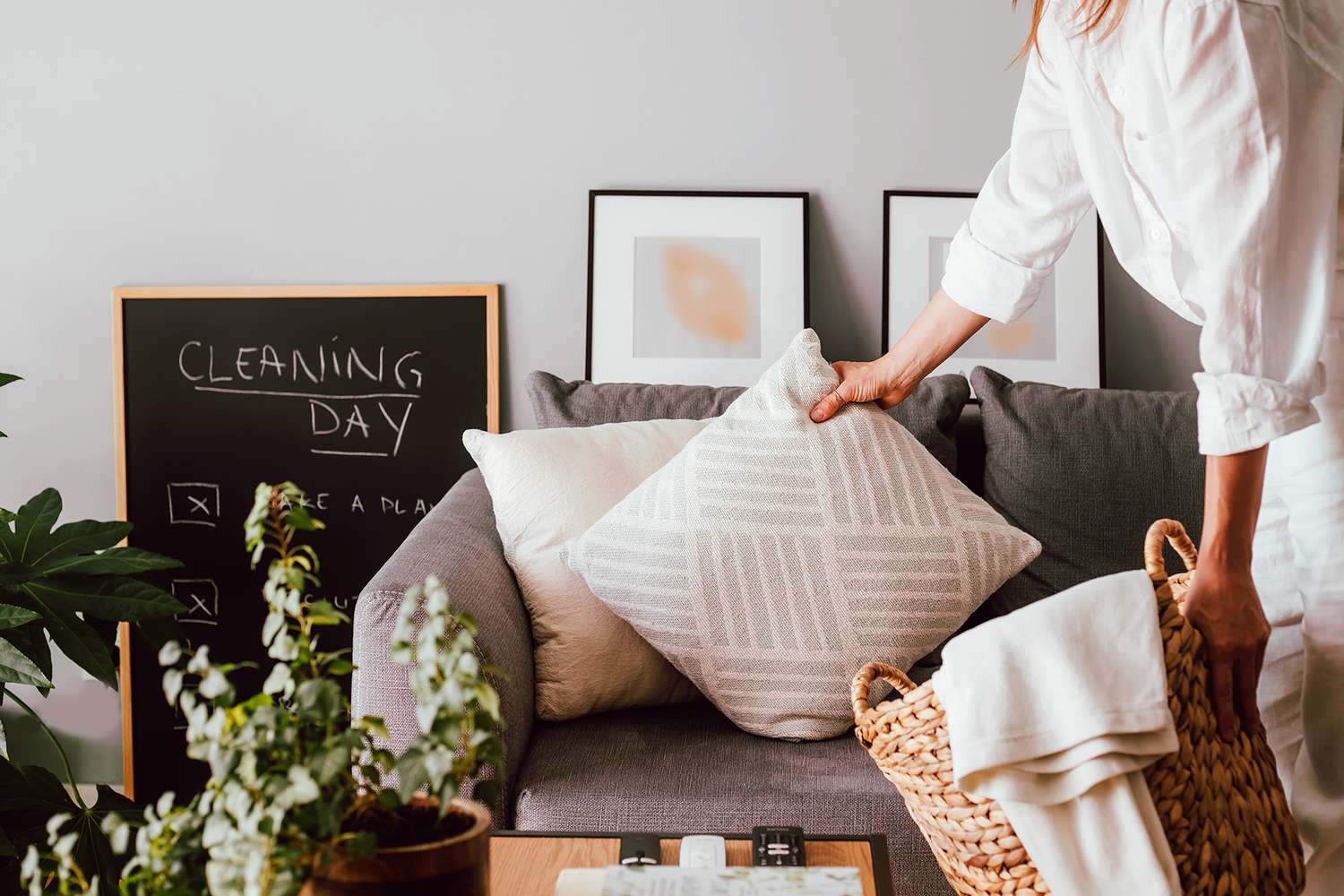
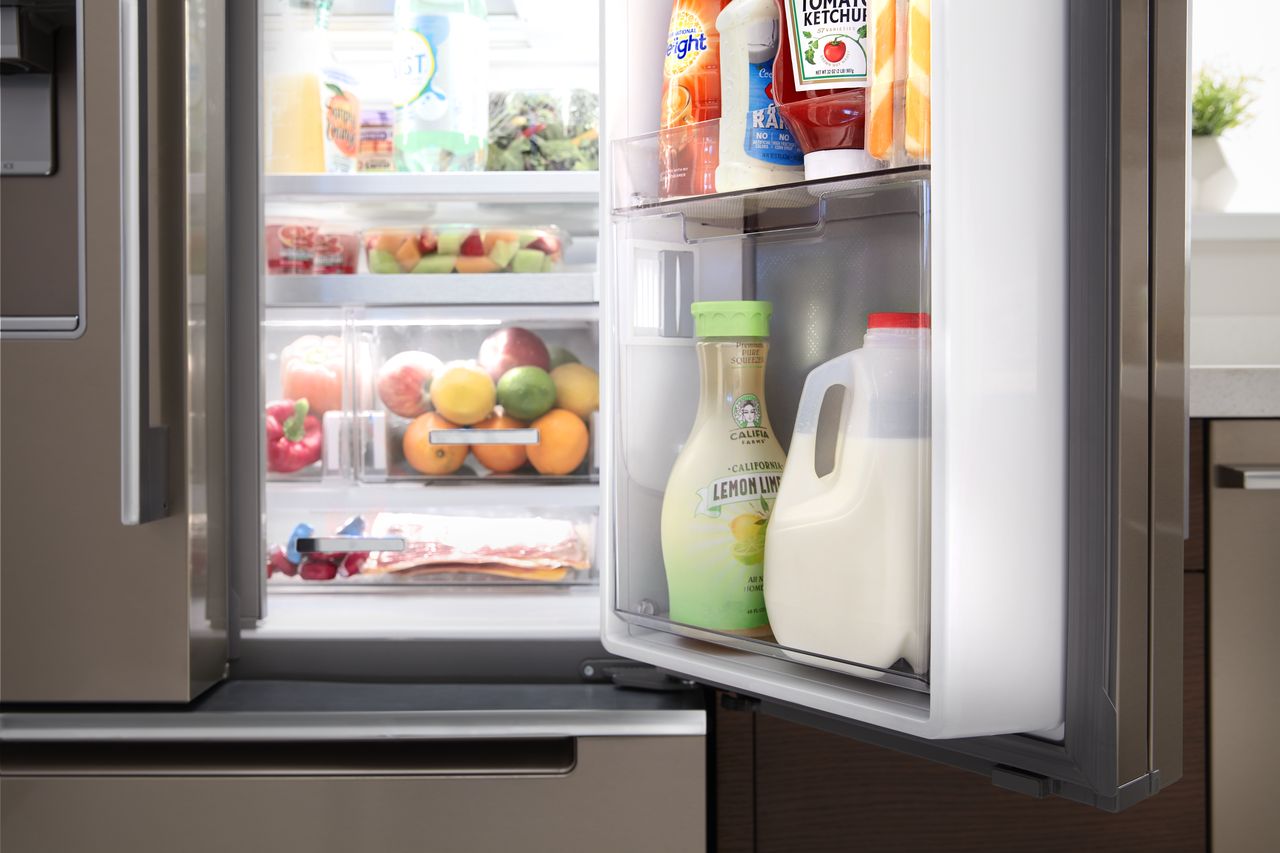
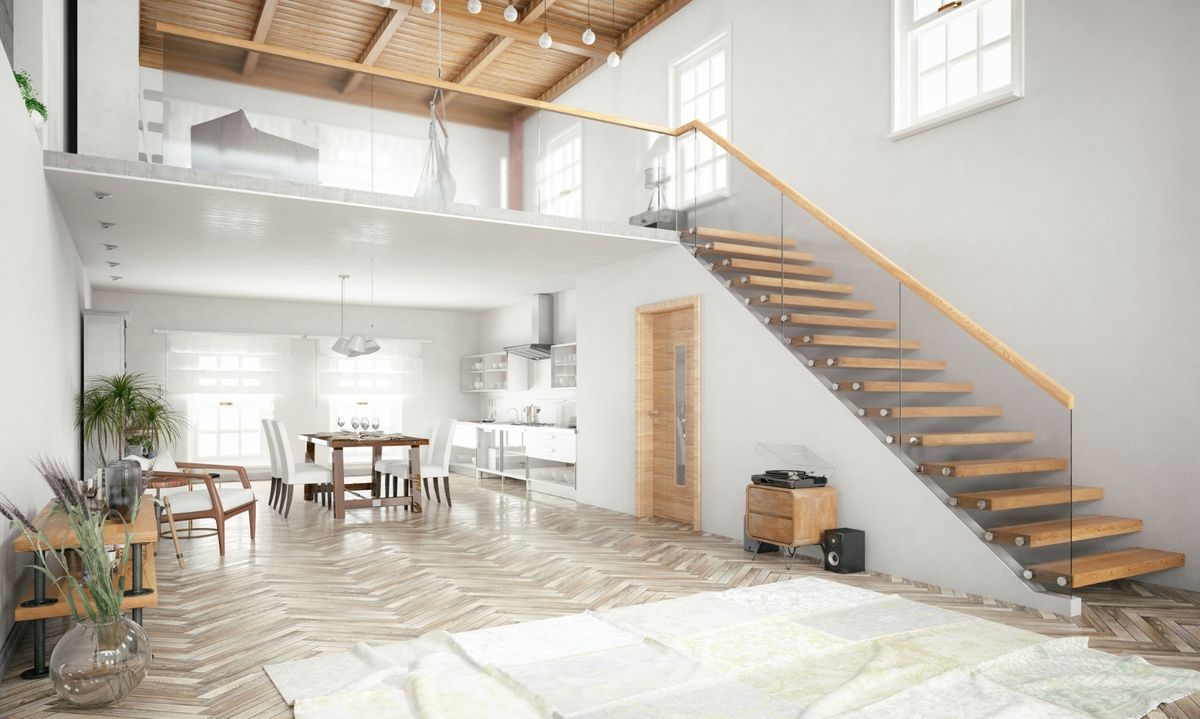
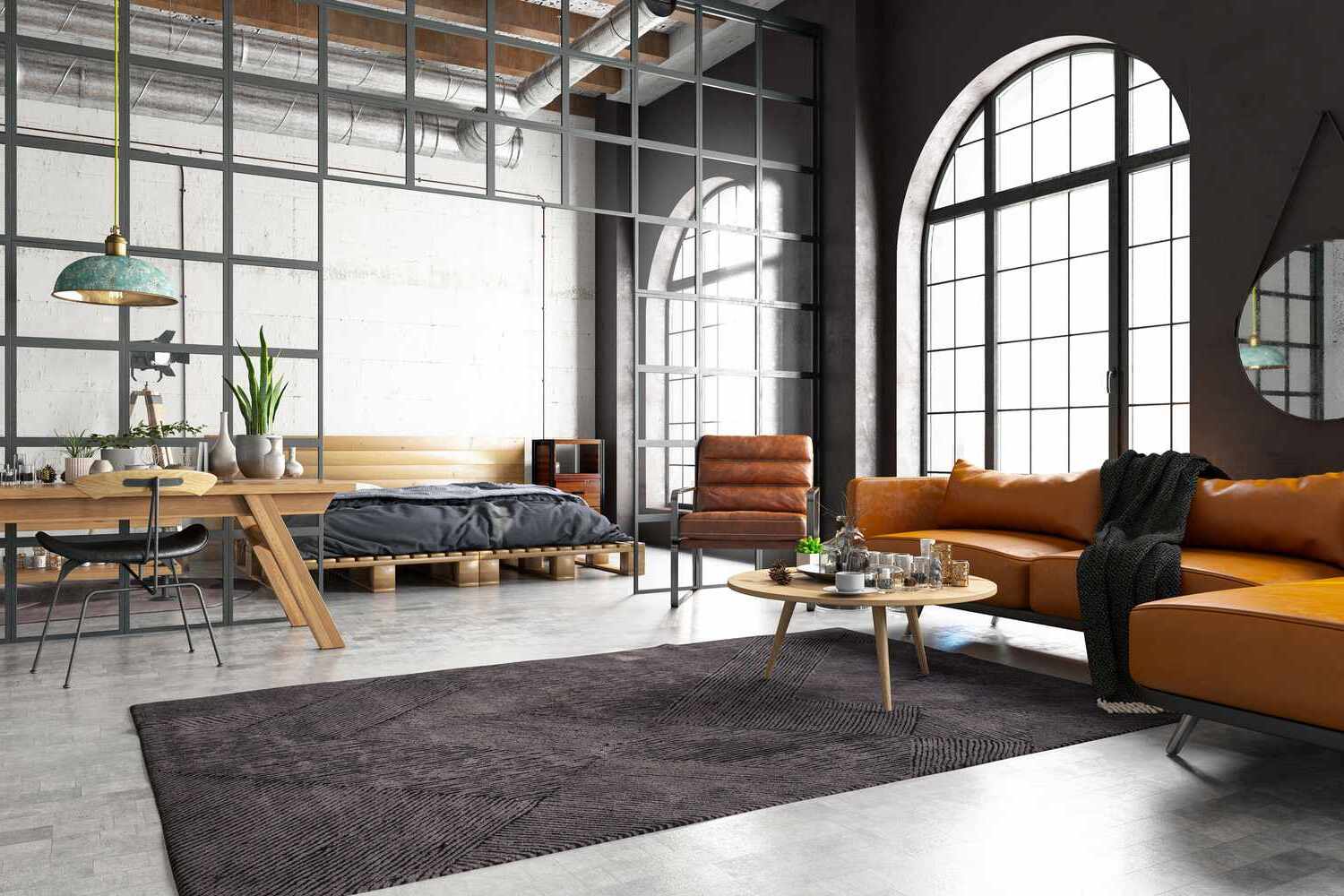

0 thoughts on “How To Decorate When Your Front Door Opens Into Living Room”